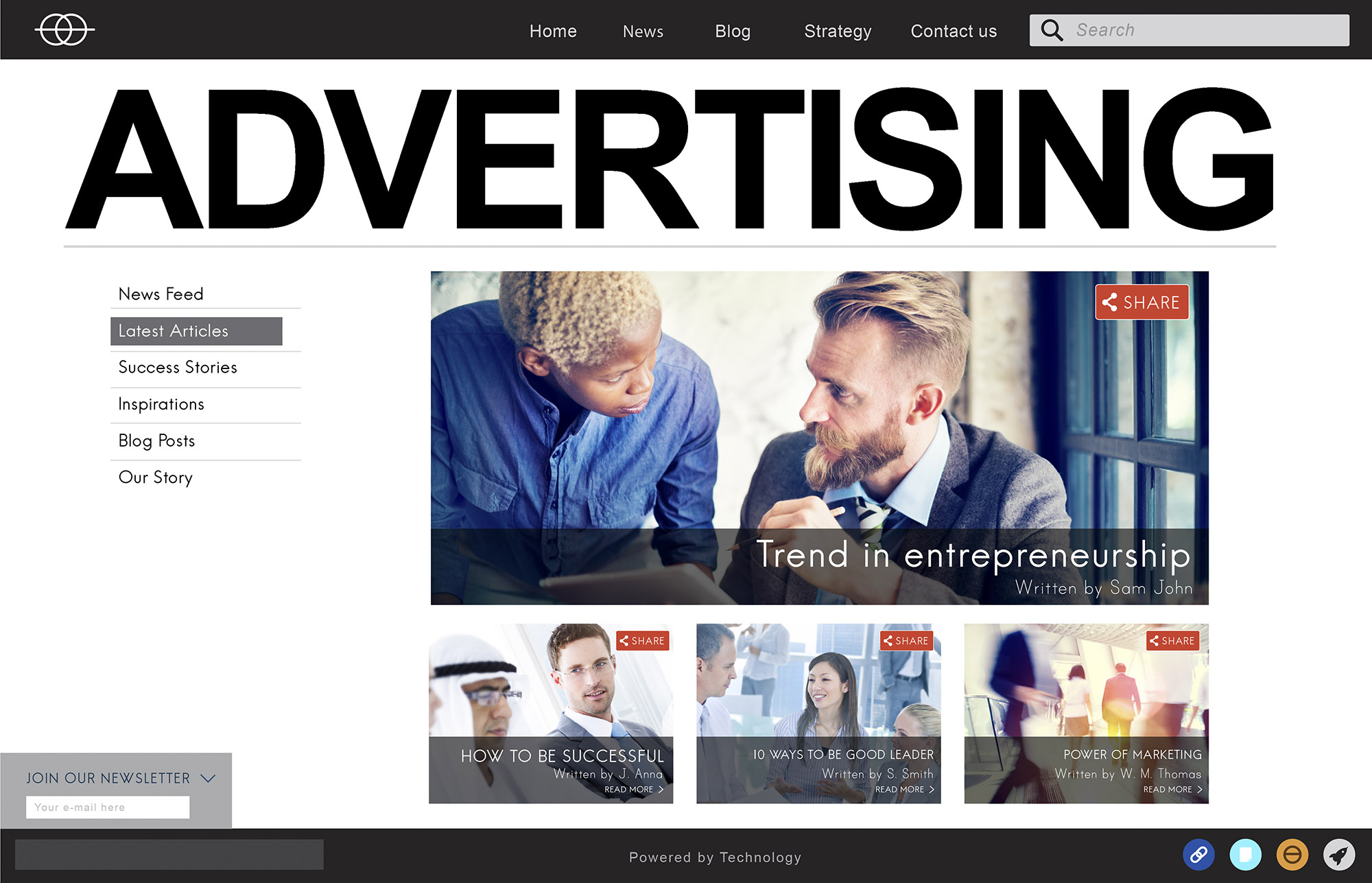
Why Segmentation Matters
Segmentation is the practice of dividing your email list into smaller, more targeted groups. This enables you to send highly relevant content to specific subsets of your audience, improving engagement rates and increasing the likelihood of conversions. In the realm of email marketing, relevance is king, and segmentation is your pathway to achieving it.
Types of Segmentation
There are multiple ways to segment your email list, and the strategy you choose should align with your marketing goals. Common methods include demographic segmentation (age, gender, location), behavioral segmentation (purchase history, website activity), and psychographic segmentation (values, attitudes, interests).
From Segmentation to Personalization
Once your audience is segmented, the next step is to personalize your email content for each group. Personalization goes beyond merely inserting the recipient’s name into the email. It involves tailoring the entire message, from the subject line to the CTA, to resonate with the specific needs and preferences of each segment.
Dynamic Content: Taking Personalization to the Next Level
Dynamic content refers to email elements that change based on the recipient’s data or behavior. For example, a fashion brand might show different product recommendations to male and female subscribers within the same email. This advanced form of personalization allows you to maximize relevance without having to create multiple versions of the same email.
The Pitfalls of Over-Personalization
While personalization can enhance your email marketing effectiveness, it’s crucial to strike a balance. Over-personalization can come off as intrusive or creepy, alienating customers rather than engaging them. Always consider the context and the level of relationship you have with the recipient when applying personalization techniques.








